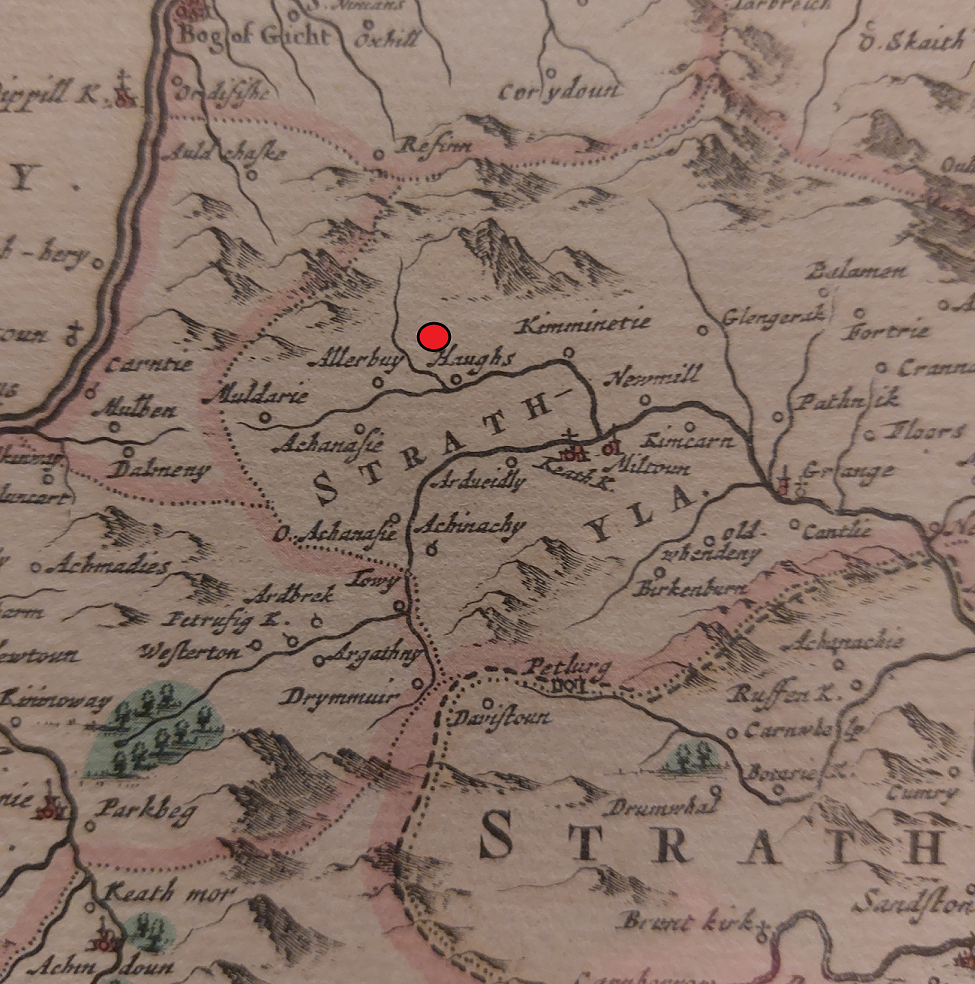People of Moray … celebrated legacies

There’s no lack of fast flowing rivers in Moray and by the 16th century, watermills were the largest source of motive power. Watermills were established across the country as early as the 12th Century to drive the wheels of industry including sawmilling, grain milling, producing cloth and even grinding ingredients for gunpowder and providing the power for huge bellows to keep furnaces roaring.
Elgin’s Industrial History – a different water of life …

There’s no lack of fast flowing rivers in Moray and by the 16th century, watermills were the largest source of motive power. Watermills were established across the country as early as the 12th Century to drive the wheels of industry including sawmilling, grain milling, producing cloth and even grinding ingredients for gunpowder and providing the power for huge bellows to keep furnaces roaring.
Moray’s industrial history … power to the people …

There’s no lack of fast flowing rivers in Moray and by the 16th century, watermills were the largest source of motive power. Watermills were established across the country as early as the 12th Century to drive the wheels of industry including sawmilling, grain milling, producing cloth and even grinding ingredients for gunpowder and providing the power for huge bellows to keep furnaces roaring.
Elgin’s Industrial History – what’s brewing?…

There’s no lack of fast flowing rivers in Moray and by the 16th century, watermills were the largest source of motive power. Watermills were established across the country as early as the 12th Century to drive the wheels of industry including sawmilling, grain milling, producing cloth and even grinding ingredients for gunpowder and providing the power for huge bellows to keep furnaces roaring.
Elgin’s Industrial History … definitely worth its salt …

There’s no lack of fast flowing rivers in Moray and by the 16th century, watermills were the largest source of motive power. Watermills were established across the country as early as the 12th Century to drive the wheels of industry including sawmilling, grain milling, producing cloth and even grinding ingredients for gunpowder and providing the power for huge bellows to keep furnaces roaring.
Researching History – the heart of our community

In the last few months I’ve been immersed in the local heritage of Moray and Caithness, piecing together as much information as I can on a variety of topics …
Elgin’s industrial past … from small beginnings

Moray throughout the ages has been described by historians as a land of rich, fertile soil which could boast prime agricultural lands with a less harsh climate than that experienced in other areas of Scotland. There’s no doubt that this good fortune contributed greatly over the centuries to the economic development and growth of the region.
History – learning from the past …

I’ve always been fascinated by history. Living in an old farmhouse, I was amazed by the detailed historic map we had on the wall dated 1654, which clearly dates our farm to that era. Although the farm is no longer family owned, I’ve still got the map proudly hanging in our home today.
Caithness history – Secrets abound …

The requisitioning of country homes, hotels and stately manors was widespread across the whole country during both the First and Second World Wars. The north of Scotland was no exception, with several fine buildings being repurposed to serve as hospitals, schools, maternity units or accommodation for the military undertaking training or carrying out special duties in that area.
Caithness history – the ground beneath us …

Just as granite defined the character of Aberdeenshire since it was first used, Caithness’ foundation is based on the buildup of millions of years of sediment which formed another strong and durable material – flagstone.